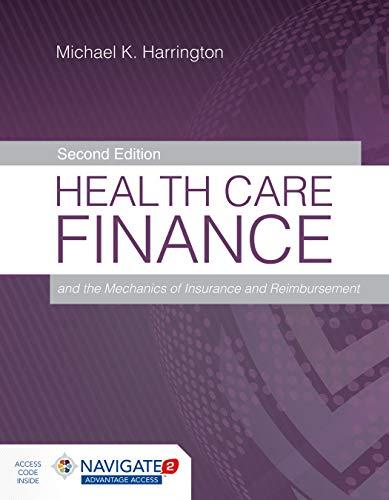Figure 1 BERKSHIRE INSTRUMENTS Statement of Financial Position December 31, 2004 $ 400,000 200,000 $ 2,600,000 300,000 2,300,000 5.500.000 $ 8,400,000 30,700,000 13.200.000 17.500.000 525.900.000 Assets Current assets: Cash Marketable securities Accounts receivable Less: Allowance for bad debts Inventory... Total current assets Fixed Assets: Plant and equipment, original cost. Less: Accumulated depreciation. Net plant and equipment. Total assets Llabilities and Stockholders' Equity Current liabilities: Accounts payable. Accrued expenses Total current liabilities Long-term financing Bonds payable. Preferred stock Common stock } Common equity Retained carnings Total common equity... Total long-term financing - Total liabilities and stockholders' equity. $ 6,200,000 1.700.000 7,900,000 + $ 6,120,000 1,080,000 6,300,000 4.500.000 10,800,000 BOC1.000 5250mm Figure 2 Cost of prior issues of debt and preferred stock Security Bond Bond Bond Preferred stock Preferred stock Yoar of Issue 1992 1996 2002 1997 2000 Amount S1,120,000 3,000,000 2.000.000 600,000 480,000 Yield 6.1% 13.8 83 12.0 79 formulas: one: one for the cost of retained earnings and one for the cost of new cominon stock. His investment banker suggested that he follow the normally accepted approach used in determining the marginal cost of capital. First, determine the cost of capital for as large a capital structure as current retained carnings will support; then, determine the cost of capital based on exclusively using new common stock. 2. Recompute the weighted average cost of capital based on using new common stock in the capital structure. The weights remain the same, only common equity is now supplied by new common stock, rather than by retained earnings. After how much new financing will this increase in the cost of capital take place? Determine this by dividing retained earnings by the percent of common equity in the capital structure (this is a slight variation from the formula in the book, due to an added dimension in the case). Figure 1 BERKSHIRE INSTRUMENTS Statement of Financial Position December 31, 2004 $ 400,000 200,000 $ 2,600,000 300,000 2,300,000 5.500.000 $ 8,400,000 30,700,000 13.200.000 17.500.000 525.900.000 Assets Current assets: Cash Marketable securities Accounts receivable Less: Allowance for bad debts Inventory... Total current assets Fixed Assets: Plant and equipment, original cost. Less: Accumulated depreciation. Net plant and equipment. Total assets Llabilities and Stockholders' Equity Current liabilities: Accounts payable. Accrued expenses Total current liabilities Long-term financing Bonds payable. Preferred stock Common stock } Common equity Retained carnings Total common equity... Total long-term financing - Total liabilities and stockholders' equity. $ 6,200,000 1.700.000 7,900,000 + $ 6,120,000 1,080,000 6,300,000 4.500.000 10,800,000 BOC1.000 5250mm Figure 2 Cost of prior issues of debt and preferred stock Security Bond Bond Bond Preferred stock Preferred stock Yoar of Issue 1992 1996 2002 1997 2000 Amount S1,120,000 3,000,000 2.000.000 600,000 480,000 Yield 6.1% 13.8 83 12.0 79 formulas: one: one for the cost of retained earnings and one for the cost of new cominon stock. His investment banker suggested that he follow the normally accepted approach used in determining the marginal cost of capital. First, determine the cost of capital for as large a capital structure as current retained carnings will support; then, determine the cost of capital based on exclusively using new common stock. 2. Recompute the weighted average cost of capital based on using new common stock in the capital structure. The weights remain the same, only common equity is now supplied by new common stock, rather than by retained earnings. After how much new financing will this increase in the cost of capital take place? Determine this by dividing retained earnings by the percent of common equity in the capital structure (this is a slight variation from the formula in the book, due to an added dimension in the case)








